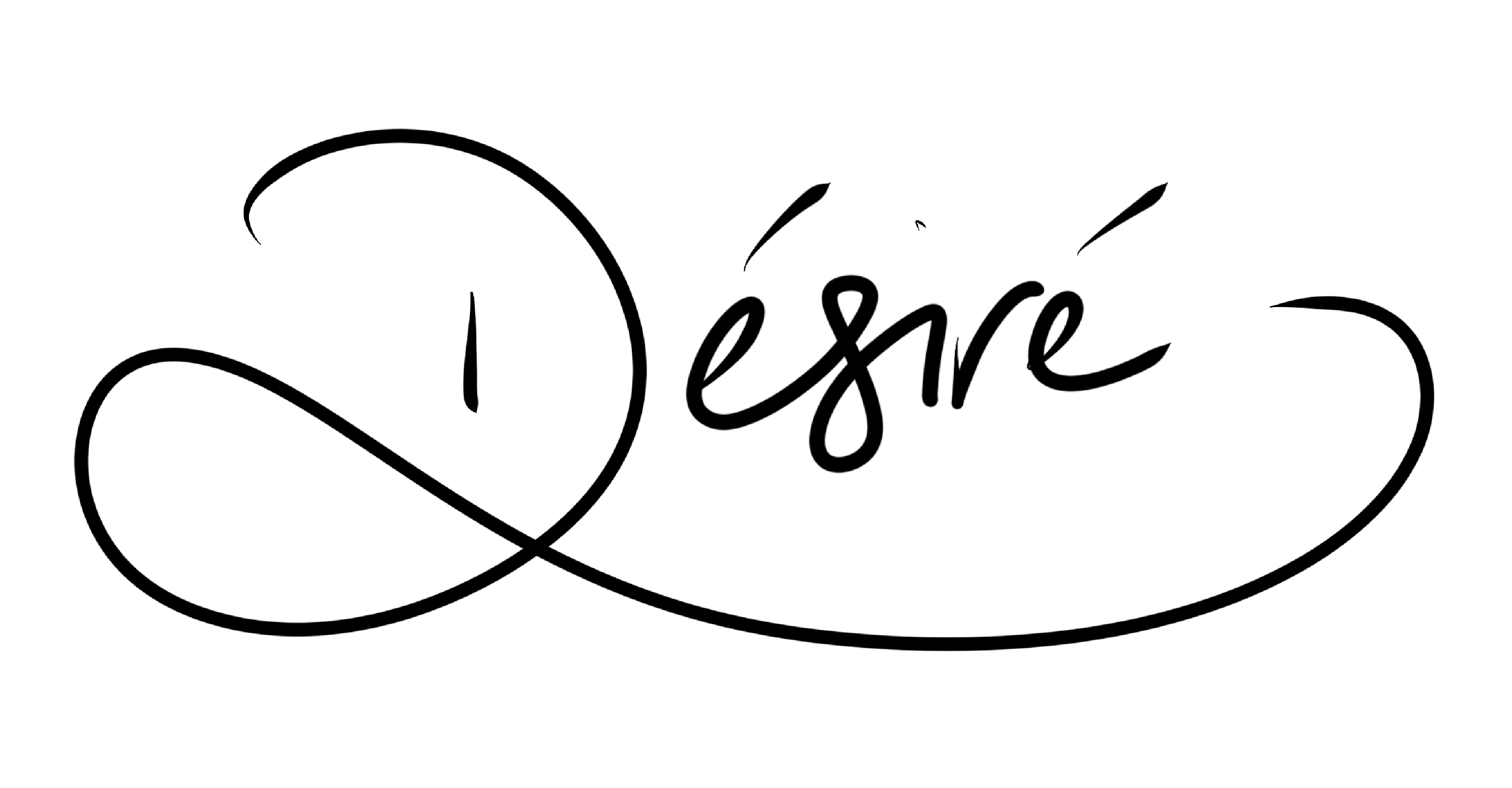For those who don’t know, my career was in Events and Project Management before I took the dive to pursue my deep love for technology. I was 17 when I hosted my first event, which naturally was a total flop, but great lessons to be learned from that story, and I’ve had the fantastic experience of working on Trinidad’s biggest event for the year, Soca Monarch.
Recently, I had the pleasure of guest lecturing for the Creative Media Production final year class, and the topic was project management. And I was tasked with giving a brief overview since that particular unit was around project design, implementation and evaluation. So I’ve taken my notes from that class and adapted them for a great blog post.
What is a project?
It’s important to define exactly what can be considered a project, because you might have tasks which you’re thinking are projects:
“A project is an endeavour in which human, material and financial resources are organised in a novel way to deliver a unique scope of work of given specifications, within constraints of cost and time, so as to achieve a purpose defined by both quantitative and qualitative objectives.” – Rodney Turner
Basically, a way to GET THINGS DONE (GTD).
What are Benefits of Project Management?
There are several benefits of project management, many of them are obvious, but I’ll just name a few:
- Accomplish more in less time
- Meet the deadline
- Less stressed
- Make better decisions
- Have time to hit Maracas the day before project is due.
So, what are the characteristics of a project?
How can you identify a project from a task?
- Projects are temporary
- Have a definite start and end
- Have clear objectives
- Progressively elaborate
- Upsets the Status Quo
Properly planned projects deliver within cost/budget, scope, time, and quality.
Here are some definitions of terms I will use in this article:
- A Project Charter is a document that formally authorises a project documenting the initial requirements that satisfy teh stakeholder’s needs and expectations.
- A Project Plan documents the actions necessary to execute the Project Charter.
- The Work Breakdown Schedule (WBS) determines the tasks involved, and the human, time, and financial resources to execute the project scope.
- SWOT Analysis determines where your project’s strengths, weaknesses, opportunities and threats are. Turn the weaknesses into strengths, and the threats into opportunities.
Laws to Note
Like all things in life, project management is ruled by a few laws, but I’ll mention the most notable of them all:
- Murphy’s Law: Anything that can go wrong will go wrong.
- Pareto’s Principle (80/20 law): 80% of the effects come from 20% of the causes.
(Source: Wikipedia)
So, what next?
There are three main phases to simple Project Management:
- Planning
- Execution
- Evaluation
There are more in-detail phases, but I thought that I’d just mention the most important of them all, and they really sum up project management quite nicely too.
The planning phase is the most work. A well planned project will go more smoothly than one not properly planned, but such are all things in life. The key is to plan, plan again, and again until you have a plan A, B, and C. You have to remember that Murphy loves it when you have projects, because it means that he has something to do… But you have to be prepared for him.
The next phase is execution. If you have a properly planned project, execution should be smooth, with a few bumps in the road which you took into consideration with your plans B & C. This is where the extra planning comes in handy. What do you do when a deliverable is late, or has run over budget? What do you do when a venue you booked was double booked? How do you mitigate these potential project-ending disasters? You have two contingencies, within which you catered for these things to actually happen, so now, it’s just a matter of executing something in plan B or C.
Evaluation has to be one of the most important parts of project management in moving forward. You have to look at what went wrong, and how you could have handled something better, or even how you could have planned better.
I’ve outlined some steps to follow to make your project management processes a lot easier.
THE PLANNING PHASE
Brainstorm Session: The Project Charter
Step 1: Define the Project Objective – What is the project looking to achieve? Define your aims, goals, and objectives.
Step 2: Define the Deadline and Time Scope – When do you need to finish this project by? How long do you have or giving yourself to finish your project?
Step 3: Define the work involved (Scope of the Project) – What must be done to make this project successful?
Step 4: Can you make that deadline with this project of this quality and scope with your workload AND your lifestyle? (If yes, skip step five) – Be realistic. Don’t try to set a project timeline what you know from now you cannot achieve by any means, because you will end up either with a half-baked project, or an incomplete one.
Step 5: Re-Evaluate the project until step four can be met.
Planning Session:
Step 6: SWOT Analysis (Strength, Weakness, Opportunities, Threats) on new project idea – make certain you know what your weaknesses and threats are. This will help you decide if you need to refine your objectives or your timeline.
Step 7: Define your priorities – What is critical to completion and what is not? Where are your trade-offs? What are you willing to “shed” off as “dead weight” when it comes to crunch time?
Step 8: Determine who is doing what, when, where, how and why (Human Resource Scope) As long as you have other people involved in your project, you need to clearly define this so everyone will be on the same page.
Step 9: Create the schedule A (Work Breakdown Schedule) – This is your “if all goes well” plan. Remember to be realistic.
Step 10: Plan for the worst (schedule B) (Risk Management – Contingency plan) – This is for when Murphy pays you a visit. Remember to take all possible worst-case scenarios into consideration.
Step 11: Plan for the Zombie Apocalypse – This is when Murphy brings a friend or few. Make certain that you have everything that can possibly go wrong in here. This is for when core elements in your project go haywire. So like when a venue for an event is double booked, or a caterer suddenly cancels on you.
Step 12: Determine your means of communication – choose your method and stick to it. Email is generally the best since it leaves a reliable paper trail but in this age of technology, WhatsApp groups seems to be gaining popularity. Just remember to keep a backup of your conversations.
Step 13: Create a project plan and all team members must sign it and have copies – once you sign something, you agree with it. Your signature is on that agreement, and you’re now responsible for getting that element of the project done.
Step 14: Get executing; you’ve wasted enough time!
Planning tips:
- Set your end point, and work your way backwards when working on your Work Breakdown Schedule.
- Define the most critical tasks to project completion, then schedule in all the tasks, including those which add “fluff”.
- Always have additional time for tasks in your original plan. The idea is to have “extra time” so that if you finish on time, or before time, another task can be started early. The extra time is also an extra support in case something runs a couple days later than expected; it would not disrupt your entire project.
- If the deadline is unrealistic on paper, it’s impossible in reality.
- Find creative ways to cut task time down in half.
- Do not overcomplicate it. Keep things stupid simple.
THE EXECUTION PHASE
Step 1: STICK TO THE SCHEDULE
Step 2: Communicate every step of the way
Step 3: Communicate every step of the way
Step 4: Communicate every step of the way
Step 5: Ensure all project objectives are met
Tips for PM:
- Ensure you’re on schedule. If not, revert to plan B.
- If plan B is not working, bring out the big guns.
- Evaluate your project’s quality with every task completed
- Make certain you stay within budget. If not, you have to look at where you are, and what can be dropped if you’re confined by a strict budget.
- If you are running behind schedule, either extend the hours the team is working, or determine which tasks can be shed (Trade-Offs)
THE AUTOPSY (EXECUTION PHASE)
If you answer all these YES, then you’re flawless and should be the best project manager in the Universe.
- Did we meet the deadline?
- Did we meet the quality of work as planned?
- Were we communicating as agreed?
- Did we stick to the plan?
So, something went wrong. Let’s figure that out.
- Was the project objective clearly defined?
- What schedule deadlines did you meet and not meet, and why?
- What was different with the quality of the project in the end when compared to the original idea? If it did not meet the original quality expectancy, what went wrong and why?
- Determine the differences between the Planned Project and the Actual Project.
There are thousands of templates online for project charters, project plans, WBS’, SWOT analysis, etc. All you need to know is the basics, and how to use Google and you’re pretty much on the right track, to getting the initial resources together. It doesn’t matter what system you use, as long as the project is done on time, within budget, scope, and quality.



